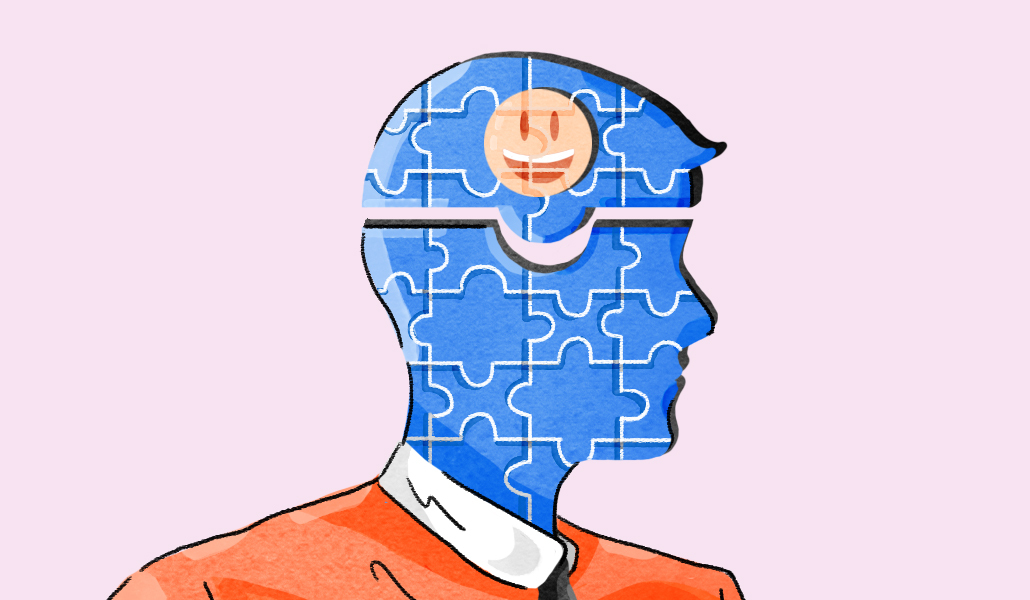How employers and AI can better support workers with dyslexia

Dyslexia is one of many conditions that employees may prefer to not tell their employers about, and an estimated 20% of the population worldwide has it, according to Yale University.
But more companies are recognizing how dyslexic workers often employ unique ways of thinking that can drive innovation and better business outcomes, and they’re trying to better support those staff.
This month LinkedIn launched a learning course for organizations and their workers covering how to best support those with dyslexia and celebrate dyslexic thinking. More than 1,500 organizations have pledged to take the course, according to the hiring platform.
For people with dyslexia, processing large amounts of written information can be their “kryptonite,” said Kate Griggs, founder and CEO of global charity Made by Dyslexia, who also leads and wrote LinkedIn’s training course. But empathizing, critical thinking, creative problem solving — and other soft skills that will always be in strong demand — are some of their super powers, Griggs said. It comes as some fear generative AI could replicate many tasks completed by today’s workers.
Dyslexic workers however have “the skills that are the most sought after because they’re the skills that technology and artificial intelligence cannot replicate,” she said.
Financial firm HSBC is one company asking its workforce to participate, especially recruitment teams, Laura Powell, global head of HR, wealth and personal banking and global functions, said in an email. “HSBC is committed to recruiting the best talent to help us deliver for our customers, and that means hiring those with diverse abilities,” Powell said.
Recognition around the value of dyslexic thinking is growing, evidenced by LinkedIn including it as a skill job seekers can list on their profiles. Since about a year ago, tens of thousands of users have added dyslexic thinking as a skill, according to the platform.
Some topics covered in LinkedIn’s course include how to create a company culture that’s openly welcoming of dyslexic thinking.
“I think still the majority of dyslexics don’t tell their workplace, and what we want to do is really shift that narrative because you can’t empower what you can’t see,” Griggs said.
Another key step companies should take is to review their recruitment processes and ensure they don’t inadvertently leave dyslexic thinkers out. For example, many companies use psychometric tests to gauge aptitude and personality in interviews that can be more challenging for people with dyslexia, she said.
“Many businesses don’t realize that they are inadvertently putting barriers up for dyslexics, both in the hiring process and in the workplace,” said Ngaire Moyes, U.K. country manager and vp communications international at LinkedIn.
The course also covers how to offer adjustments to current staff and give them the confidence to delegate tasks to others with different skill sets, and how to ensure employee resource groups are available. At the same time, emerging AI tools can also help workers with dyslexia, and allow them to harness their unique skills.
People with dyslexia often struggle with scrolling and reading through pages of Google searches to find needed information. Now ChatGPT can create an output streamlining and summarizing the information they’re looking for. Dyslexic thinkers are also great at questioning, enabling them to submit more high-quality prompts and receive better results with AI tools, Griggs said.
“Dyslexic thinking skills are a perfect copilot with artificial intelligence,” she said.


